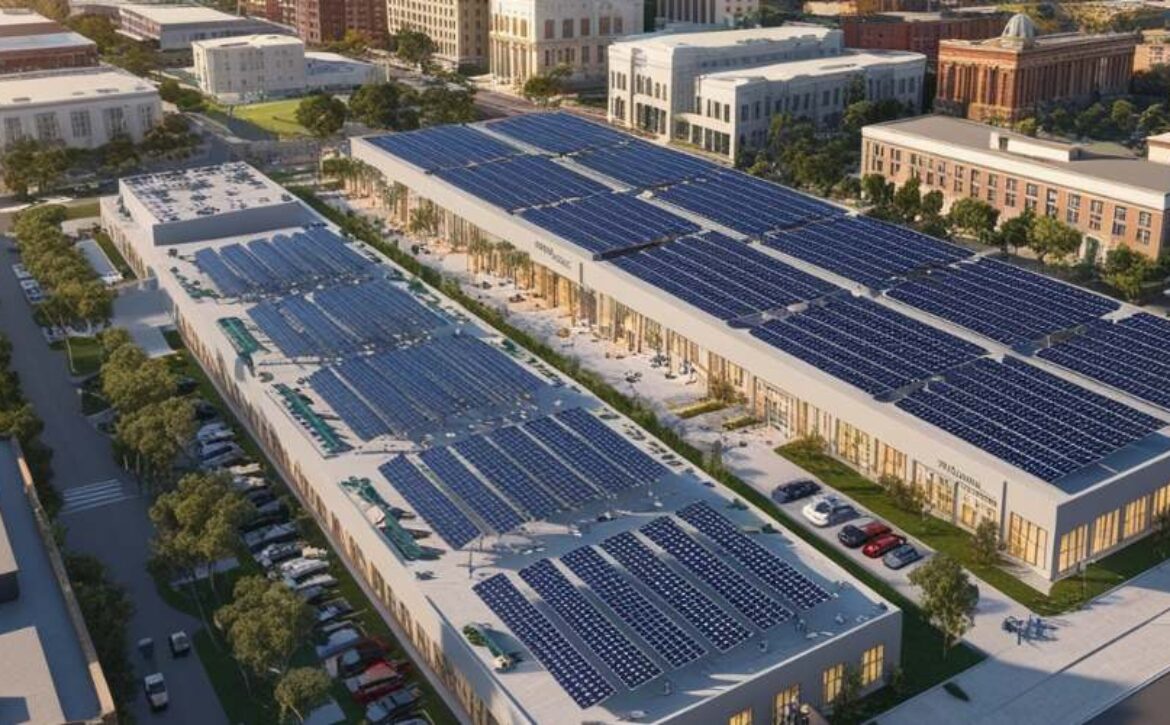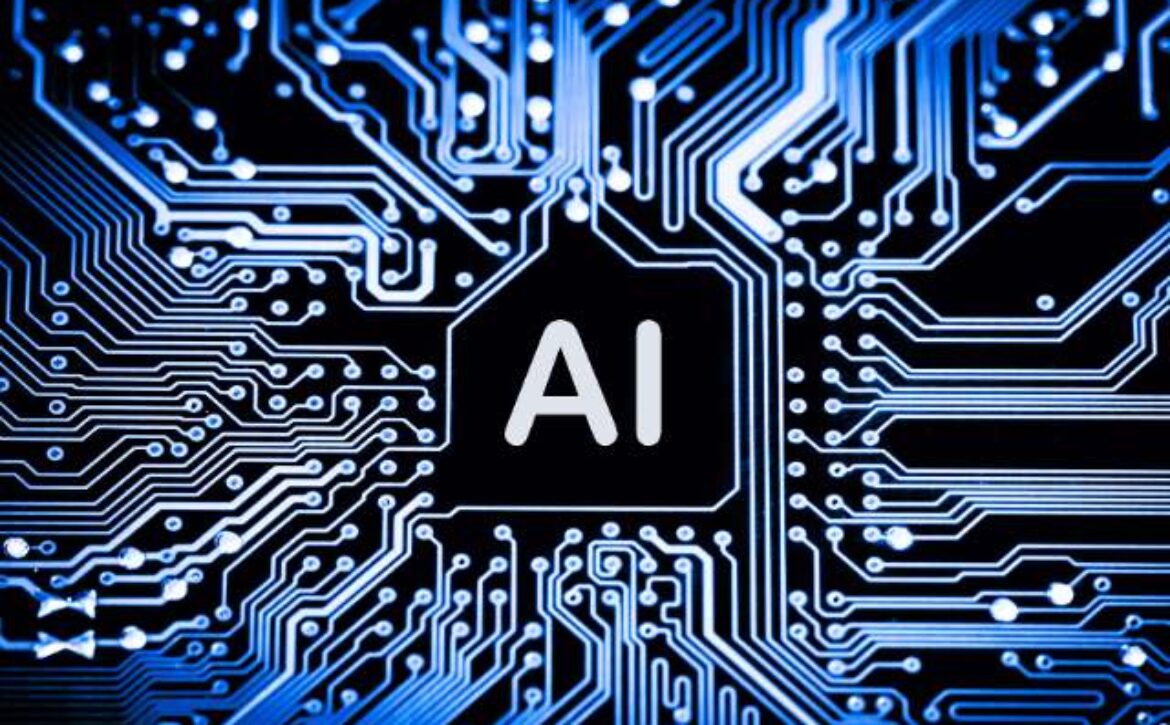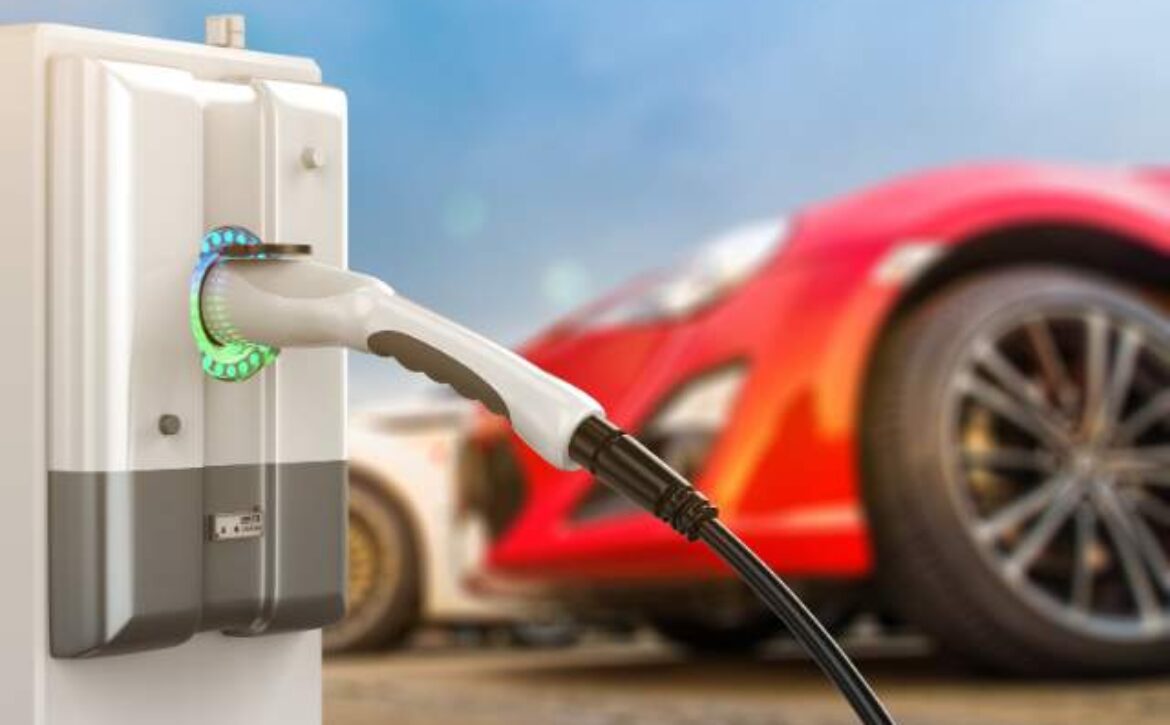Why Collaboration Is Non-Negotiable for Scaling Microgrids
Collaboration and awareness are key to the mass deployment of microgrids because they address the core challenges of scale, acceptance, and integration in the energy landscape. Here’s why both are crucial:
Complexity of Stakeholder Engagement
Microgrids involve a broad ecosystem of stakeholders: governments, utilities, financiers, regulators, communities, and technology providers. Collaboration among these players is crucial to align interests, pool resources, and create a unified approach to deployment. Without collaboration, fragmented efforts slow down the process, with each stakeholder working in isolation, facing regulatory barriers, and dealing with different objectives.
Collaboration streamlines processes by bringing together the required expertise, financing, and regulatory support. It ensures that the diverse needs of various parties—be it cities, businesses, or rural communities—are addressed in a way that promotes faster deployment.
Regulatory and Policy Support
For microgrids to scale, there must be a supportive regulatory framework. Often, outdated policies, conflicting regulations, and slow-moving approval processes create bottlenecks for microgrid adoption. Collaboration between government bodies, regulatory agencies, and industry leaders helps overcome these barriers by creating favorable policies and streamlined permitting processes.
Awareness is equally critical here. Policy-makers need to be educated on the benefits of microgrids, such as increased energy resilience, renewable integration, and cost savings. Without widespread awareness, regulations can lag behind innovation, preventing the energy sector from fully embracing microgrid technology.
Addressing Financial Barriers
Financing is one of the most significant challenges in scaling microgrids. Collaborative efforts between public and private sectors, utilities, and investors can help create innovative financing models that reduce the high upfront costs associated with microgrid projects. This collaboration is essential for unlocking grants, subsidies, and financial structures that make microgrid projects viable at scale.
Awareness plays a vital role here as well. Many businesses, and even government bodies are unaware of the long-term financial benefits of microgrids, including reduced energy costs, enhanced grid resilience, and environmental impact reductions. By raising awareness among these groups, the sector can drive investment and generate more interest in large-scale projects. There are many grants, financing options that can help too, but sadly a lot of businesses are still unaware about this.
Technology Adoption and Standardization
Mass deployment of microgrids requires the integration of advanced technologies like AI, energy storage, and renewable energy generation systems. Collaborative efforts are needed to standardize technologies and protocols, making it easier for microgrids to scale without requiring custom-built solutions for every project. Without collaboration between tech companies, utilities, and regulatory bodies, the lack of standardization increases costs and complexity, slowing down deployment.
Building Public Support
Awareness efforts need to highlight the positive social, economic, and environmental impacts of microgrids. By emphasizing how microgrids can reduce outages, increase clean energy use, and bring energy equity to underserved communities, awareness campaigns can mobilize communities to demand microgrids as part of local infrastructure plans.
We can’t afford to operate in silos anymore. The future of energy won’t be shaped by just one company, one government entity, or a single technology. It will require a collective effort, with all stakeholders—utilities, regulators, policymakers, and businesses—joining forces. Only by working together can we create an energy system that is not just innovative, but also efficient, affordable, and truly sustainable.











